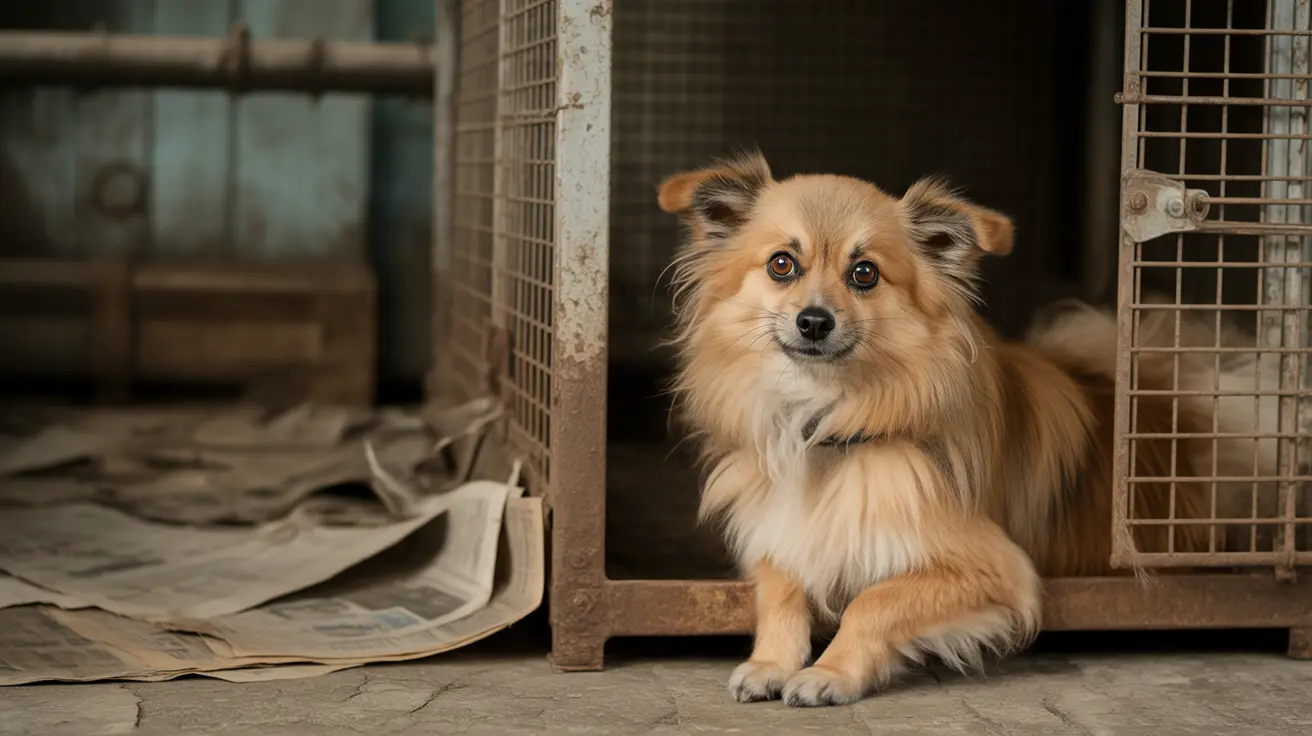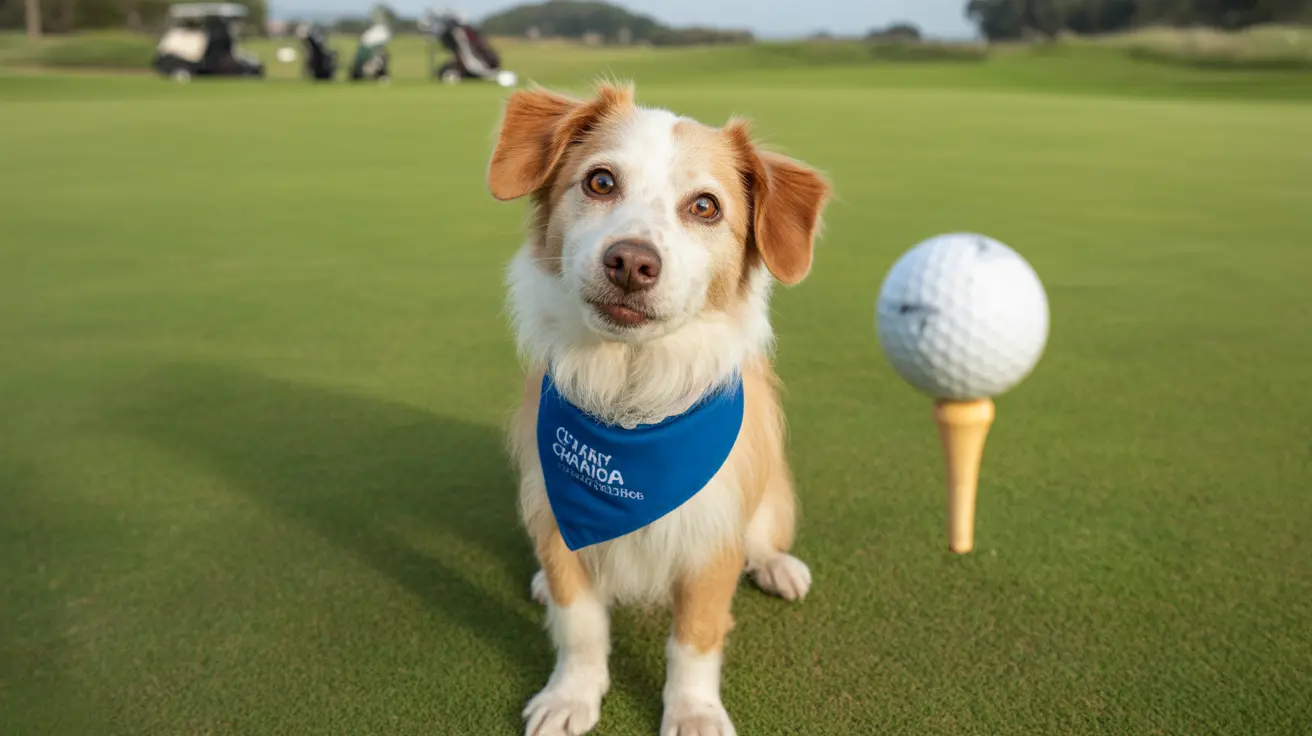Cerebellar abiotrophy in cats is a rare and complex neurological condition that affects the cerebellum, the part of the brain responsible for coordination and balance. While this condition can be concerning for pet owners, understanding its nature, symptoms, and management options is crucial for providing the best possible care for affected cats.
In this comprehensive guide, we'll explore everything you need to know about cerebellar abiotrophy, from its underlying causes to practical management strategies that can help improve your cat's quality of life.
What is Cerebellar Abiotrophy?
Cerebellar abiotrophy occurs when there is premature degeneration of specific brain cells, particularly the Purkinje cells in the cerebellum. Unlike cerebellar hypoplasia, where the cerebellum fails to develop properly from birth, cats with cerebellar abiotrophy typically show normal development initially before symptoms begin to appear.
This condition is distinguished by its progressive nature, meaning symptoms tend to worsen over time, though the rate of progression can vary significantly between individuals.
Recognizing the Signs and Symptoms
The clinical signs of cerebellar abiotrophy can be quite distinctive. Early symptoms often include:
- Unsteady gait or wobbling
- Wide-based stance
- Head tremors, especially during intentional movements
- Difficulty jumping or coordinating movements
- Poor balance and frequent falls
As the condition progresses, cats may develop additional symptoms such as:
- Exaggerated high-stepping gait
- Difficulty judging distances
- Problems with depth perception
- Irregular eye movements
- Changes in behavior or activity levels
Diagnosis and Testing
Diagnosing cerebellar abiotrophy in cats requires a thorough veterinary examination and often involves multiple steps:
- Comprehensive neurological examination
- Blood tests to rule out other conditions
- Advanced imaging such as MRI or CT scans
- Observation of clinical signs and progression
- Potential genetic testing when available
Managing Cerebellar Abiotrophy
While there is no cure for cerebellar abiotrophy, several management strategies can help affected cats maintain a good quality of life:
Environmental Modifications
- Install non-slip flooring
- Use low-sided litter boxes
- Provide easy access to food and water
- Create safe spaces with minimal obstacles
Supportive Care
- Regular veterinary check-ups
- Physical therapy when appropriate
- Assistance with grooming and daily activities
- Prevention of injuries through careful monitoring
Living with an Affected Cat
Many cats with cerebellar abiotrophy can lead happy, fulfilling lives despite their condition. These cats often maintain normal intelligence and affection levels, though they require some special considerations in their daily care.
Creating a safe and supportive environment is essential, as is maintaining patience and understanding during their adjustment to living with the condition.
Frequently Asked Questions
What are the early signs and symptoms of cerebellar abiotrophy in cats?
The earliest signs typically include unsteady walking, head tremors, and difficulty maintaining balance. Cats may show a wide-based stance and have trouble coordinating their movements, particularly when attempting to jump or navigate stairs.
How is cerebellar abiotrophy in cats diagnosed and distinguished from cerebellar hypoplasia?
Diagnosis involves neurological examination, imaging studies, and observation of symptom progression. Unlike cerebellar hypoplasia, which is present from birth and non-progressive, cerebellar abiotrophy develops after normal initial development and worsens over time.
Can cats with cerebellar abiotrophy live a normal lifespan and how can owners help manage their condition?
Yes, many cats with cerebellar abiotrophy can live normal lifespans with appropriate care. Owners can help by creating a safe environment, providing supportive care, and ensuring regular veterinary check-ups.
Is cerebellar abiotrophy in cats inherited or caused by environmental factors?
While the exact cause isn't always clear, cerebellar abiotrophy is believed to have a genetic component in many cases, though environmental factors may also play a role.
Are there any treatments or preventive measures available for cerebellar abiotrophy in cats?
While there is no cure, management focuses on supportive care and environmental modifications. Prevention measures are limited due to the condition's genetic nature, but early detection and appropriate care can help maintain quality of life.
Conclusion
Understanding cerebellar abiotrophy in cats is crucial for providing the best possible care for affected felines. While the condition presents significant challenges, many cats can maintain a good quality of life with proper management and support from dedicated owners and veterinary professionals.






